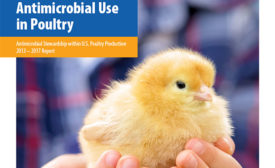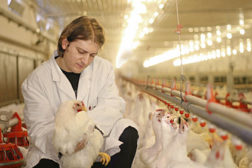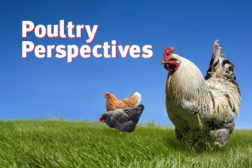John Glisson
Dr. John Glisson, DVM, MAM, PH.D., is vice president of Research for U.S. Poultry & Egg Association. Contact him at jglisson@uspoultry.org.
ARTICLES
Poultry Perspectives
Protecting poultry
The National Poultry Improvement Plan prevents disastrous diseases from destroying the U.S. flock.
Read More
Stay ahead of the curve. Unlock a dose of cutting-edge insights.
Receive our premium content directly to your inbox.
SIGN-UP TODAYCopyright ©2025. All Rights Reserved BNP Media.
Design, CMS, Hosting & Web Development :: ePublishing




